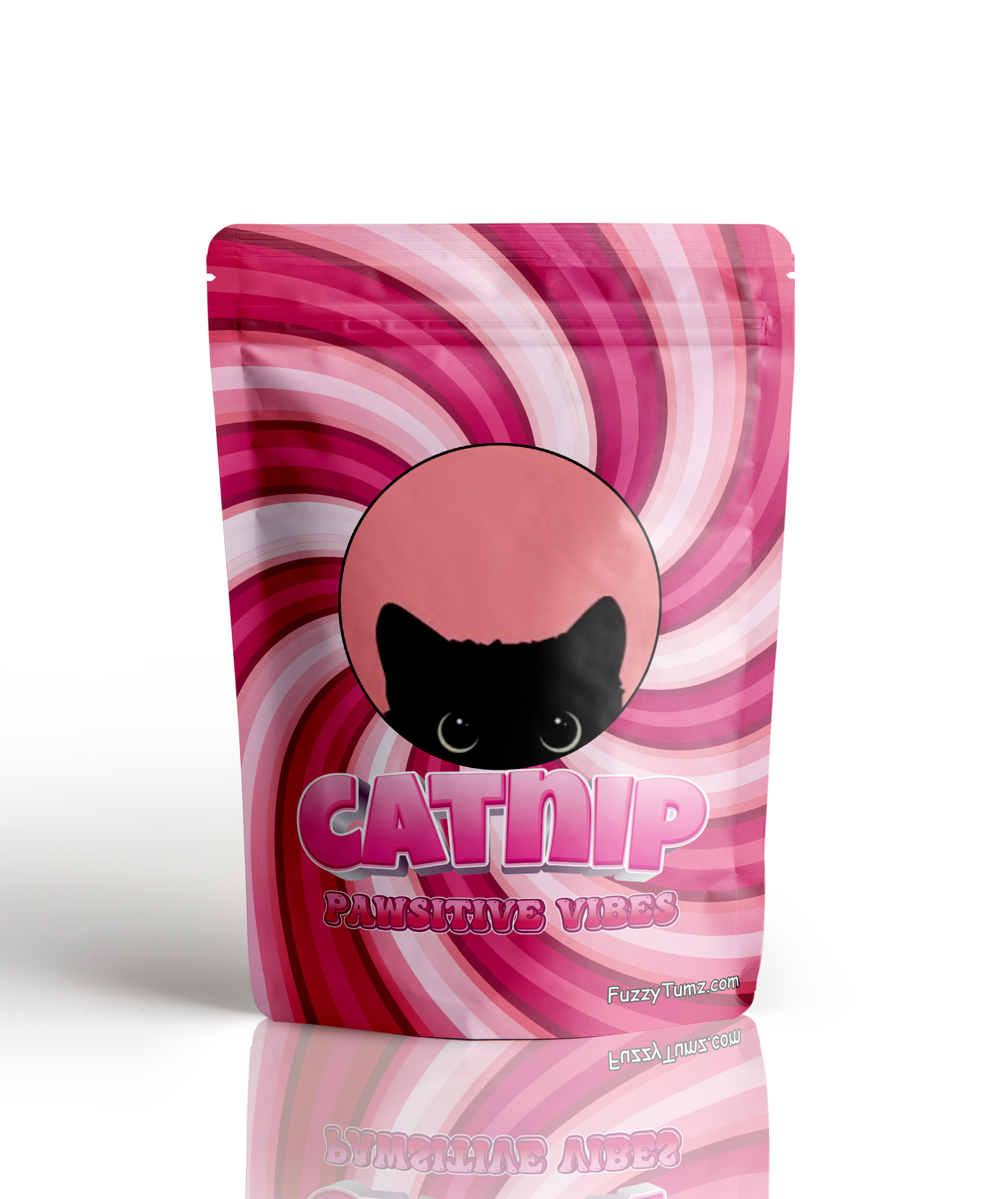Home » Cat Plants » The Dangers of Cycads Plant to Cats

Cycads, also known as sago palms, are a group of ancient plants that are highly toxic to cats. While not a true allergy, ingesting any part of a cycad plant can cause severe poisoning in felines.
These plants contain cycasin, a toxic compound that primarily affects the liver. Cycads are commonly found as ornamental plants in homes, gardens, and landscaping across the United States.
Ingestion may cause mild gastrointestinal upset, but is generally not life-threatening.
Ingestion can result in mild symptoms like vomiting, diarrhea, or drooling. Rarely fatal but may require veterinary care.
Eating these plants can lead to more pronounced symptoms like abdominal pain, lethargy, or difficulty breathing. Veterinary intervention may be necessary.
Ingesting even small amounts can cause severe symptoms like organ damage, seizures, or cardiac failure without rapid treatment.
All parts of these plants are extremely poisonous to cats and can quickly lead to death, even with immediate veterinary care.
** Please note: Please note that toxicity level can vary based on the amount ingested and the specific cat. It's always best to keep these plants completely inaccessible to cats and seek immediate veterinary care or call the poison hotline if you suspect your cat has ingested any part of a toxic plant.
If a cat ingests any part of a cycad plant, they may experience various symptoms of poisoning. The most common signs include:
If you suspect your cat has ingested a cycad plant, it is crucial to seek immediate veterinary care. Your veterinarian will likely follow these steps to diagnose cycad poisoning:
For more information on diagnosing cycad poisoning, visit: Sago Palm Poisoning in Cats – PetMD

A: Yes, cats can be allergic to Cycads. Symptoms of an allergic reaction may include itching, sneezing, and skin irritation.
A: Yes, Cycads are highly toxic to cats. Ingesting any part of this plant, especially the seeds, can cause severe symptoms and can be fatal if not treated promptly.
A: Symptoms of Cycad poisoning in cats include vomiting, diarrhea, drooling, lethargy, abdominal pain, and liver failure. Immediate veterinary care is crucial if ingestion is suspected.
A: To prevent contact, ensure that Cycads are not present in your home or garden. Keep your cat indoors or monitor outdoor activities closely to avoid exposure.
A: If your cat ingests Cycads, contact your veterinarian immediately. Do not induce vomiting unless instructed by a veterinary professional. Immediate medical attention is necessary.
A: Yes, Cycads are commonly found in gardens and as ornamental plants. It is important to ensure this plant is kept out of reach of cats to prevent accidental ingestion.
Cycads are ancient plants that have existed since the Jurassic period, over 150 million years ago. They are gymnosperms, meaning they produce seeds without flowers or fruit. Despite their common name, “sago palms,” they are not true palms.
Cycads are native to tropical and subtropical regions worldwide, with over 300 known species. In modern times, they have become popular as ornamental plants due to their unique appearance and low maintenance requirements.
Please note: The information shared in this post is for informational purposes only and should not be considered as veterinary medical advice.
